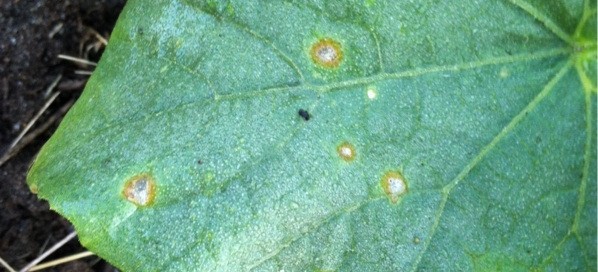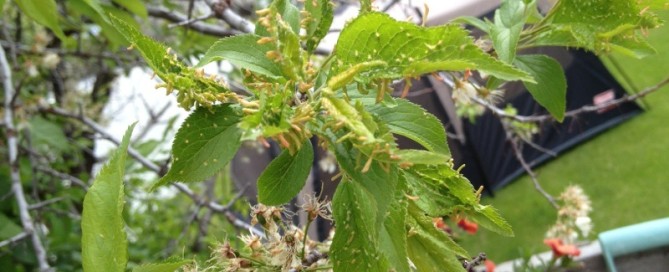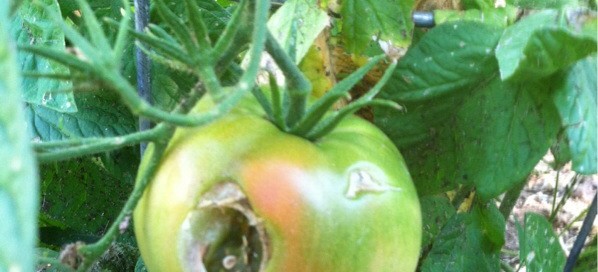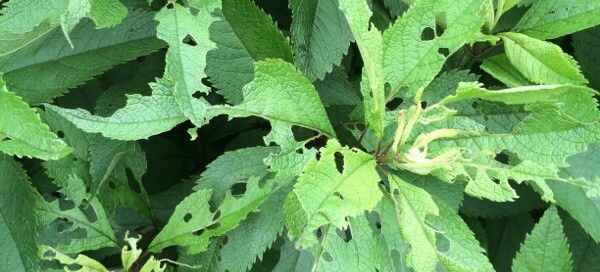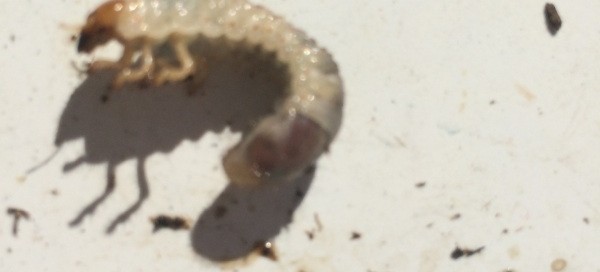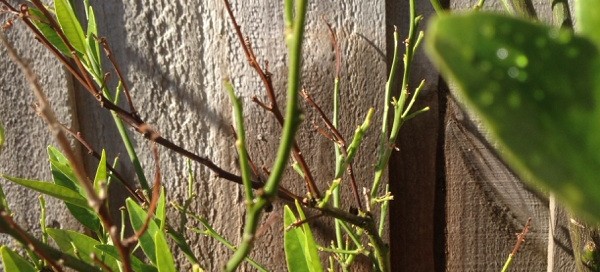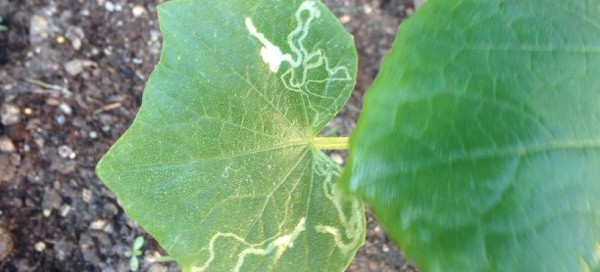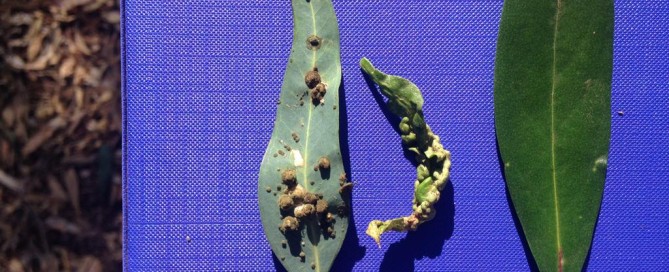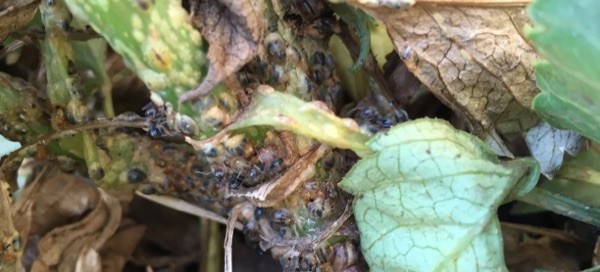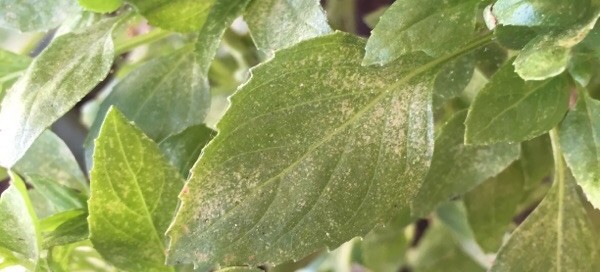Cucumber Beetle
The chewing damage done to your Zucchini leaves looks alot like Cucumber Beetle, which can be very distructive and difficult to control. These chewing insects can also spread plant disease, so we recommend looking at this website to help you identify these small spotted or striped green/yellow beetles. Examine your plants regularly for their presence; they usually feed on the top surface of leaves. You should also consult a garden center, or other expert in your area for control options. While you're at it, keep an eye out for caterpillars that could also be contributing to the damage on the leaves. If you find caterpillars, remove them by hand and dispose of them or use a biological pesticide called Bt (Bacillus thirengiensis). If you don't find either of these pests right away, we recommend you continue to examine the leaves on a regular basis, especially if you continue to see new damage.
http://www.ipm.ucdavis.edu/PMG/GARDEN/VEGES/squash.html
